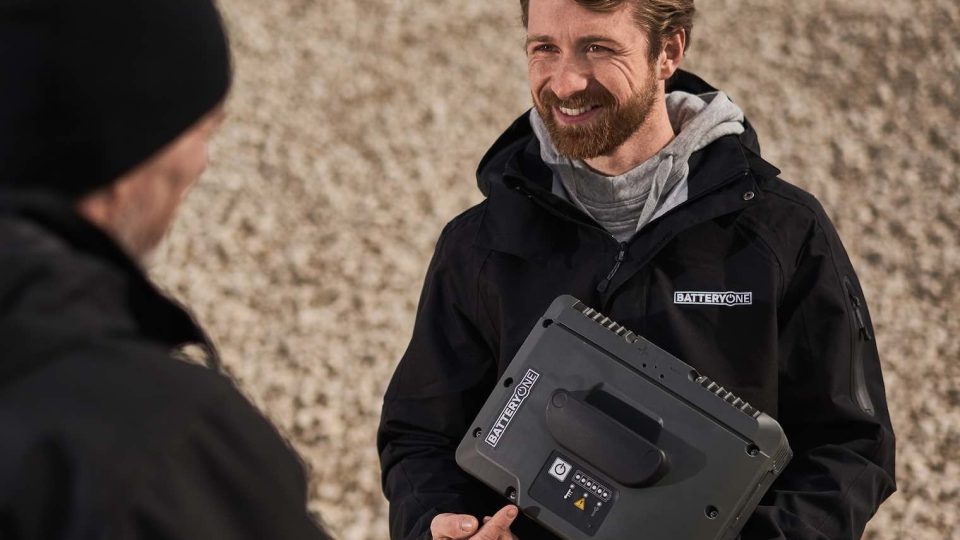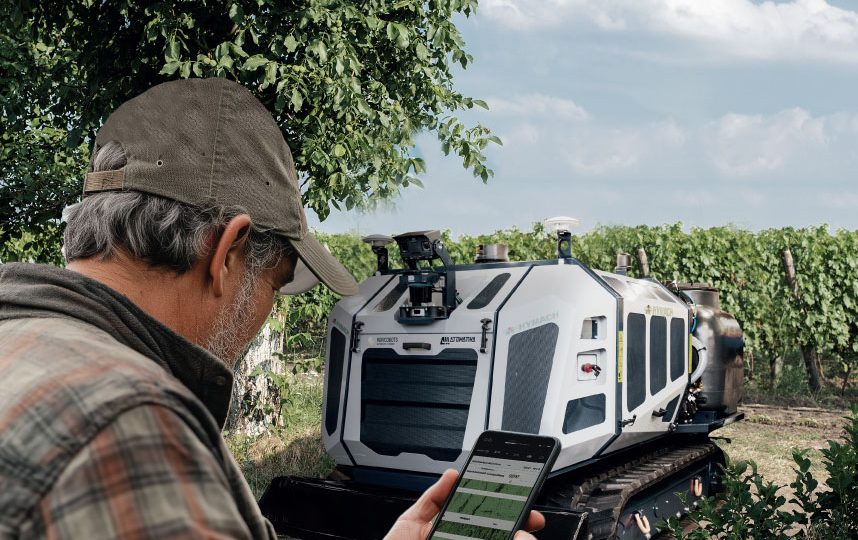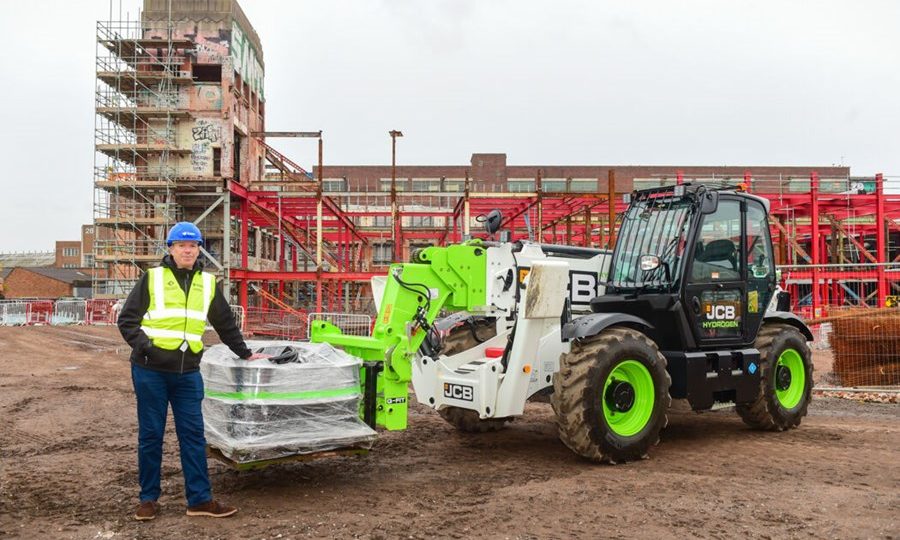There’s so much technology behind the hybrid taxi limousines in Venice
Hyundai Seasall, Mercury, Huracan Power. And, of course, Cantieri Vizianello, in charge of designing and building the hybrid taxi limousines in Venice. On the latest issue of Diesel International, we have focused our attention on such an innovative marine project, aimed at reducing emissions in the well-known canals. Here is the full article. The following […]
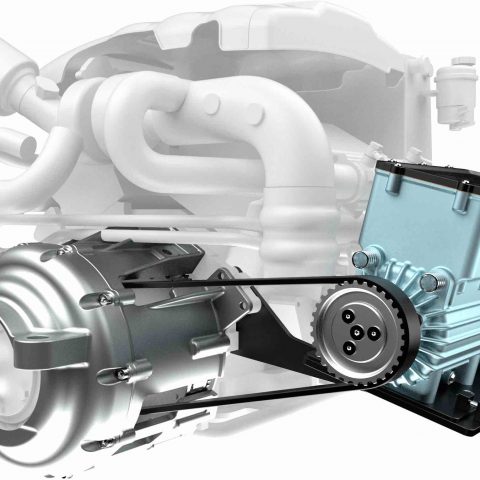
Hyundai Seasall, Mercury, Huracan Power. And, of course, Cantieri Vizianello, in charge of designing and building the hybrid taxi limousines in Venice. On the latest issue of Diesel International, we have focused our attention on such an innovative marine project, aimed at reducing emissions in the well-known canals. Here is the full article. The following is an excerpt.
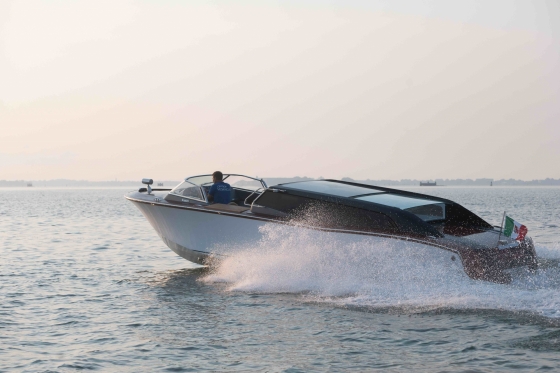
Hybrid taxi limousines cruising along the Grand Canal
It’s hard to think of something more evocative than a fresh summer morning at dawn, cruising along the Grand Canal on one of those superb taxi limousines that cast a spell on tourists with their seductive shapes and luxurious leather and wood finish. The sun glances through the houses, noises on the water and from the docks tell us this city where time seems to stand still is waking up, as the taxi follows the serpentine course of the most enchanting waterway in the world. Gliding in absolute silence, except for the sound of water splashing against the hull, with no exhaust fumes to mask the natural smell of the Canal would make this the perfect scenario. Is this possible? It is. Water taxi builder Cantieri Vizianello have designed a hybrid taxi limousine that combines an electric motor with a Hyundai Seasall, derated to 110 kW at 3000 rpm to comply with the standard governing non-scheduled passenger service. Adding a few tens of electric kW has proved to be enough to completely change the usage profile of a classic water taxi crossing the lagoon, turning it into a boat capable to cruise up to a speed of 15 km/h with no emissions and in perfect silence.
Charging can be done using diesel
By the way, the maximum speed limit on many of the Venetian canals has been progressively reduced to 10 km/h – and sometimes even less. So, the electric mode’s speed is more than sufficient, and the same goes for the 14 kWh standard battery pack which allows to cruise up to 90 minutes.
A 220 V connector is all you need for charging it up. In case you need more range, a larger capacity 22kWh battery pack is also available. True, the weight will also be different than the 168 kg of the standard version, but the hull is already fit for the installation of additional battery sets – and that’s what matters most in the end.
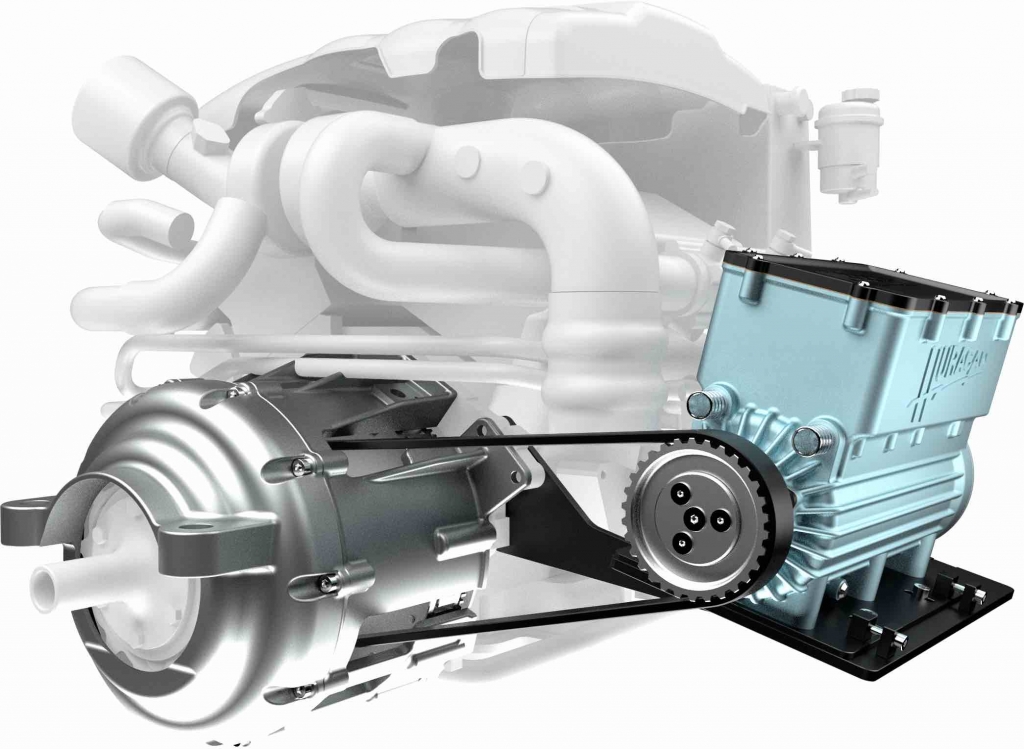
Actually, to tell the truth, should you run out of batteries far from a charging station, charging can be done using diesel. Indeed, thanks to the electronic relays and controls developed in cooperation with Huracan, all the captain has to do is setting the required power and the system will automatically switch from electric to diesel propulsion and vice versa. When batteries need charging, the control system adjusts power according to the cruising needs, using only extra power for recharging.




